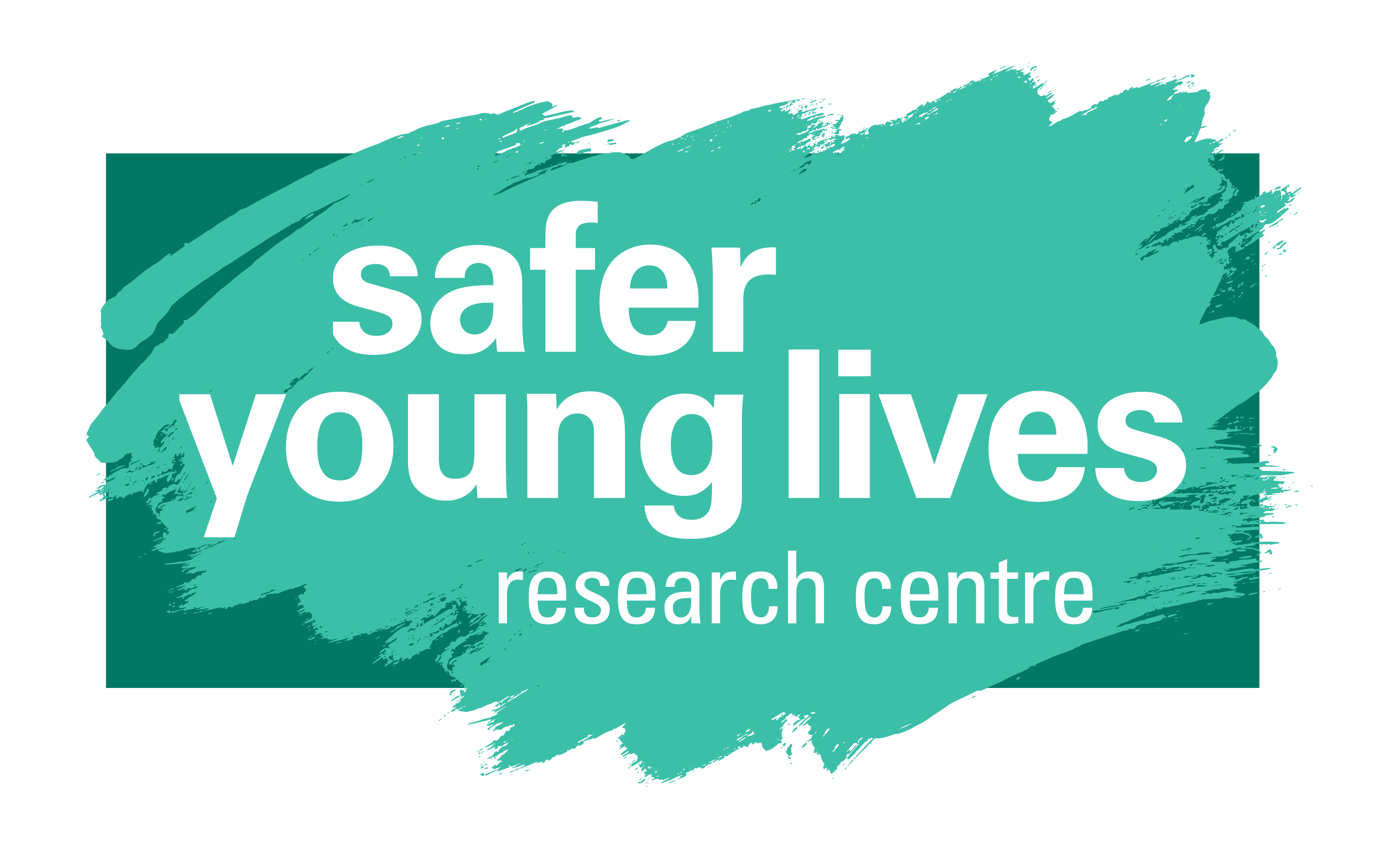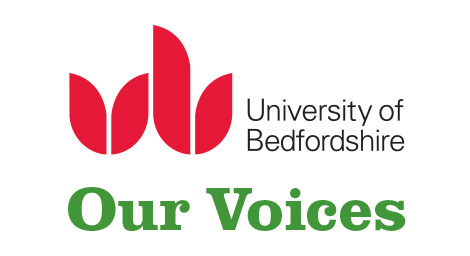Utilising the arts to tackle child sexual exploitation
Safer Communities, Vol. 14 Iss 1 pp. 47 - 55
Abstract
Purpose – The purpose of this paper is to consider the potential use of creative, arts-based methods to address child sexual exploitation (CSE) through connecting with and supporting young people affected by CSE; and engaging the wider community through awareness-raising and education to help keep young people safe. The use of the arts in building understanding, promoting agency, educating and countering negative portrayals of those affected by CSE are also explored.
Design/methodology/approach – A literature review identified that there is currently a limited
evidence-base surrounding the use of arts in addressing the negative outcomes for young people
affected by CSE and promoting the inclusion and safety of young people in the community. To explore the potential use of the arts in engaging young people and the communities they inhabit, this paper draws from research with other “hard to engage” and stigmatised groups, and learning from efforts to tackle other sensitive and challenging issues that impact on communities.
Findings – The paper suggests that despite the relatively young evidence base concerning the role of creative, arts-based methods to tackle CSE, there is relevant transferable learning that suggests that there is potential in utilising the arts to help prevent CSE and promote community safety.
Research limitations/implications – There is a clear need to consider the ethical implications of this work and to further examine how the arts may be utilised to tackle CSE and bring about positive outcomes for both individuals and for the wider community.
Originality/value – The paper brings together bodies of literature from other fields to explore the potential use of creative arts-based methods to tackle a significant contemporary issue of community safety.
Keywords Engagement, Community, Arts, Creativity, Child sexual exploitation, Research
Paper type Literature review
Accessing this paper requires log in credentials. You can access it here.


